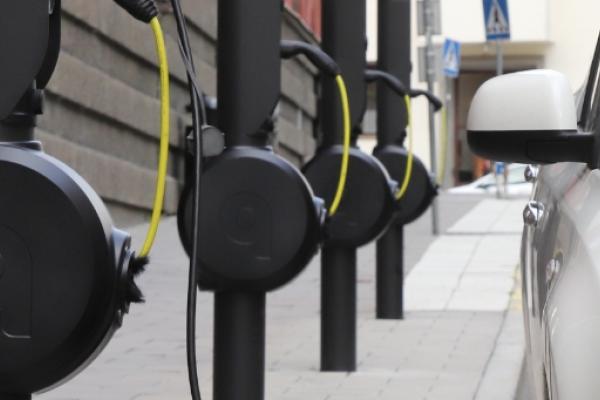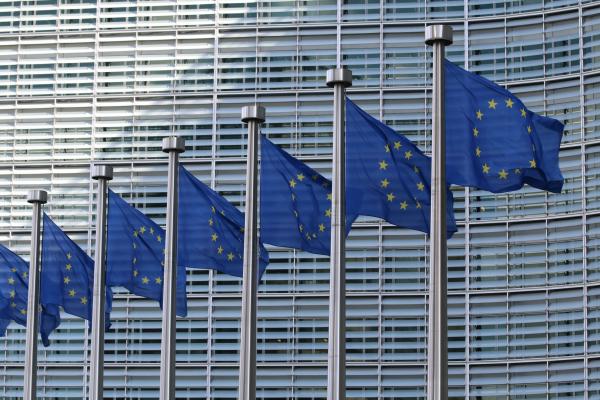
A recent study by the European Parliament highlights the critical challenges facing the European electric vehicle (EV) industry as it navigates increasing competition from China. With the automotive sector contributing 7% of the EU's GDP and supporting nearly 14 million jobs, the report underscores the urgency of protecting the industry amidst growing external pressures.
China's Dominance and EU's Vulnerability
China has emerged as the world's leading EV producer, accounting for over half of global EV production. The country has leveraged subsidies, access to natural resources, and a vast internal market to outpace global competitors. As a result, Europe has become China's largest EV export market, putting additional strain on its domestic EV industry.
The double challenge of Western companies shifting production to China and Chinese firms targeting Europe as a key market threatens to disrupt the EU's automotive supply chain. This trend, if unchecked, could lead to overdependence on Chinese technology and significant vulnerabilities in the European market.
EU Countermeasures: Tariffs and Industrial Strategy
In response to unfair subsidies that have given Chinese EV manufacturers a competitive edge, the European Commission launched an anti-subsidy investigation in October 2023, culminating in definitive tariffs ranging from 17.4% to 38.1% by late 2024. These tariffs are seen as a critical, albeit temporary, measure to protect European producers and allow them time to transition towards EV manufacturing.
However, experts emphasize that tariffs alone are insufficient. The EU must adopt a stronger industrial policy to stimulate investment in domestic EV production and foster innovation. While tariffs may buy time, they also have the potential to attract Chinese EV investment into the EU, creating opportunities for local job creation and knowledge transfer.
Future Scenarios for the European EV Market
The study outlines four potential scenarios for the European EV industry by 2030, reflecting varying levels of success and risk:
- Cutting-edge Europe: The EU leads the global EV market through advanced technologies and innovation.
- Slow Electrification: Chinese manufacturers dominate the European market through exports and localized production, as Europe lags in competitiveness.
- Overdependence: Europe becomes reliant on Chinese EV technology, with domestic manufacturers struggling to survive.
- Sanctions Spiral: Geopolitical tensions, such as a conflict over Taiwan, result in severe disruptions to EV supply chains, exacerbating Europe's dependence.
Building a Resilient European EV Ecosystem
To secure a positive outcome for its EV industry, the EU must implement a comprehensive industrial plan that includes:
- Investment in Innovation: Supporting R&D in cutting-edge EV technologies to position Europe as a global leader.
- Strengthening Supply Chains: Reducing reliance on imports through local production of key components, including batteries and semiconductors.
- Strategic Partnerships: Collaborating with like-minded regions and countries to foster resilient supply chains and fair trade practices.
- Market Stimulation: Encouraging EV adoption through incentives, infrastructure development, and favorable policy frameworks.
Conclusion
As the EU navigates the transformative shift to electrification, it faces both immense challenges and opportunities. The European Parliament's study underscores the need for urgent and strategic action to safeguard the EV industry's competitiveness and resilience. By leveraging policy instruments and fostering collaboration, Europe has the potential to emerge as a leader in the global transition to sustainable mobility.
For the full report, visit European Parliament Think Tank.
Views and opinions expressed are those of the author(s) and do not reflect those of the European Commission.



